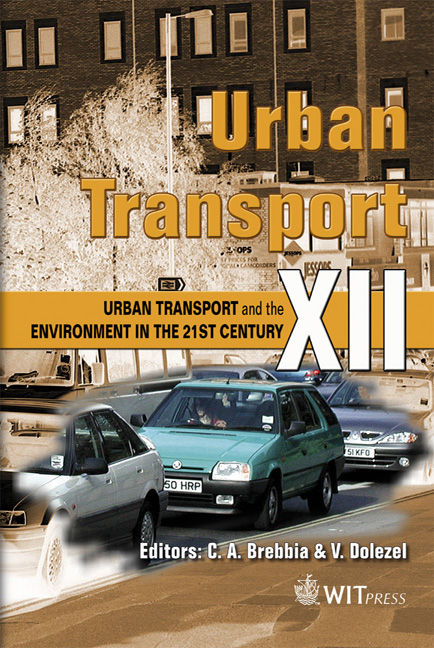Scenic Road Designation In Taiwan
Price
Free (open access)
Transaction
Volume
89
Pages
11
Published
2006
Size
1,673 kb
Paper DOI
10.2495/UT060531
Copyright
WIT Press
Author(s)
S.-H. Lee, C.-C. Chiang & J.-S. Hou
Abstract
Since 1979, the scenic road movement in Taiwan has promoted the conservation of and connections between landscapes of particular natural, ecological, and cultural value. Scenic road segments have been designated in national and regional comprehensive plans. Alteration or improvement of these segments including their adjacent landscapes must maintain their visual quality. However, due to the lack of established practices to plan and manage designated scenic road segments, the visual quality of many of these road corridors have been negatively impacted. These impacts have been resulted from recent changes in both roads and adjacent land uses regarding urban sprawl and increased traffic demand. In this study, a systematic evaluation framework is established for reassessing and rating existing scenic road segments. This framework incorporates both a landscape quality assessment and a recreational quality assessment. Landform, land-cover, land-use, vegetative cover, etc., are used to define landscape assessment units within each road segment. Thus the diversity of landscapes in the same road segment can be considered. The evaluation scores are used to examine whether existing scenic road segments are qualified to be a national level scenic road or potential scenic road. This holistic and systematic scenic road system can be used to better guide future road and adjacent land-use developments. The evaluation framework is reviewed by experts in the fields of scenic roads and public officials involved with scenic road designations and management. The Taiwanese experience provides a model for conserving landscapes along road corridors in other countries with regions facing development pressure. Keywords: scenic roads, landscape quality assessment, land-use development.
Keywords
scenic roads, landscape quality assessment, land-use development.





